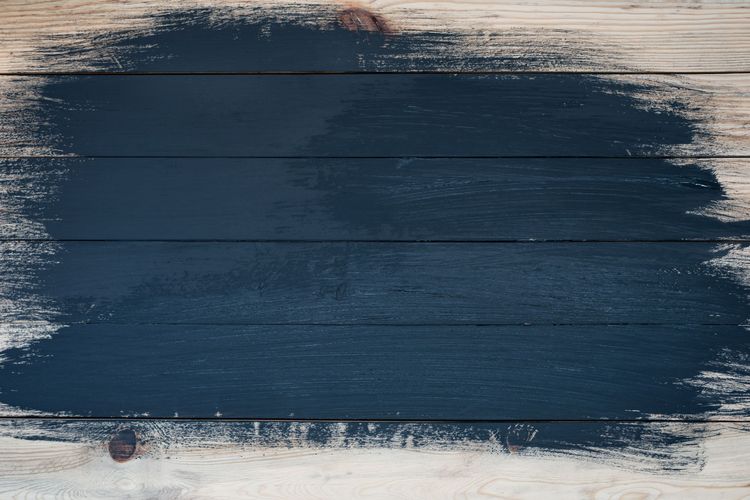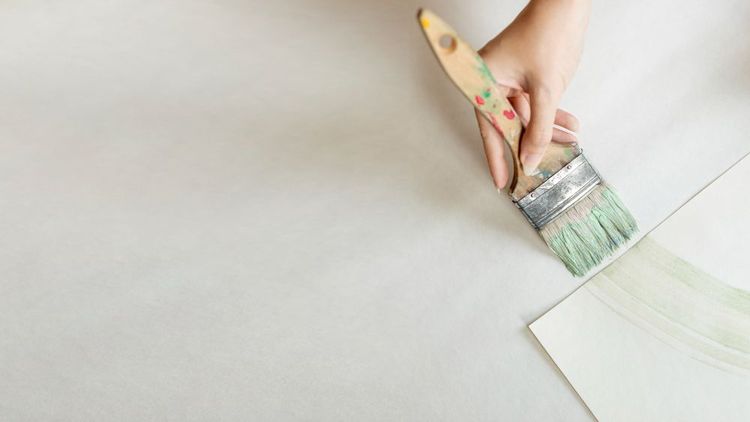Floor Sanding, Restoration & Maintenance in Schools
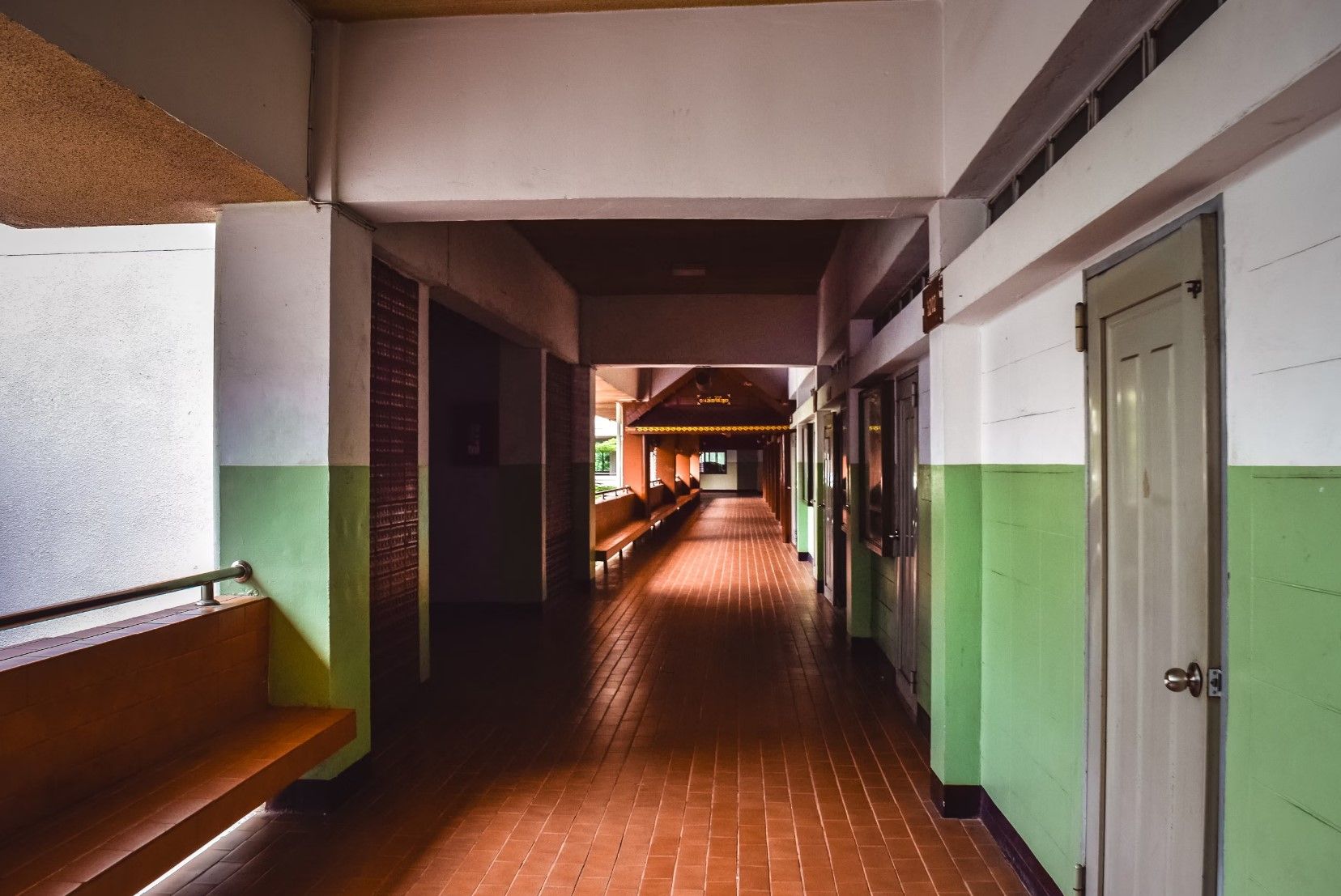
School floors endure some of the heaviest daily wear and tear of any environment. From bustling hallways to active classrooms, wood and engineered flooring in educational institutions face constant foot traffic, moving furniture, and occasional spills. Professional sanding, restoration, and maintenance are essential to keep these floors safe, functional, and visually appealing for students and staff.
Why School Floors Require Specialized Care
Unlike residential or commercial spaces, school flooring must meet stringent safety and hygiene standards while withstanding extreme daily use. Scratches from chairs, scuff marks from shoes, and dents from dropped equipment accumulate quickly, creating uneven surfaces that can become tripping hazards. Additionally, the frequent use of cleaning chemicals and exposure to moisture (from spills or wet shoes) can degrade finishes over time, leaving wood vulnerable to warping and stains.
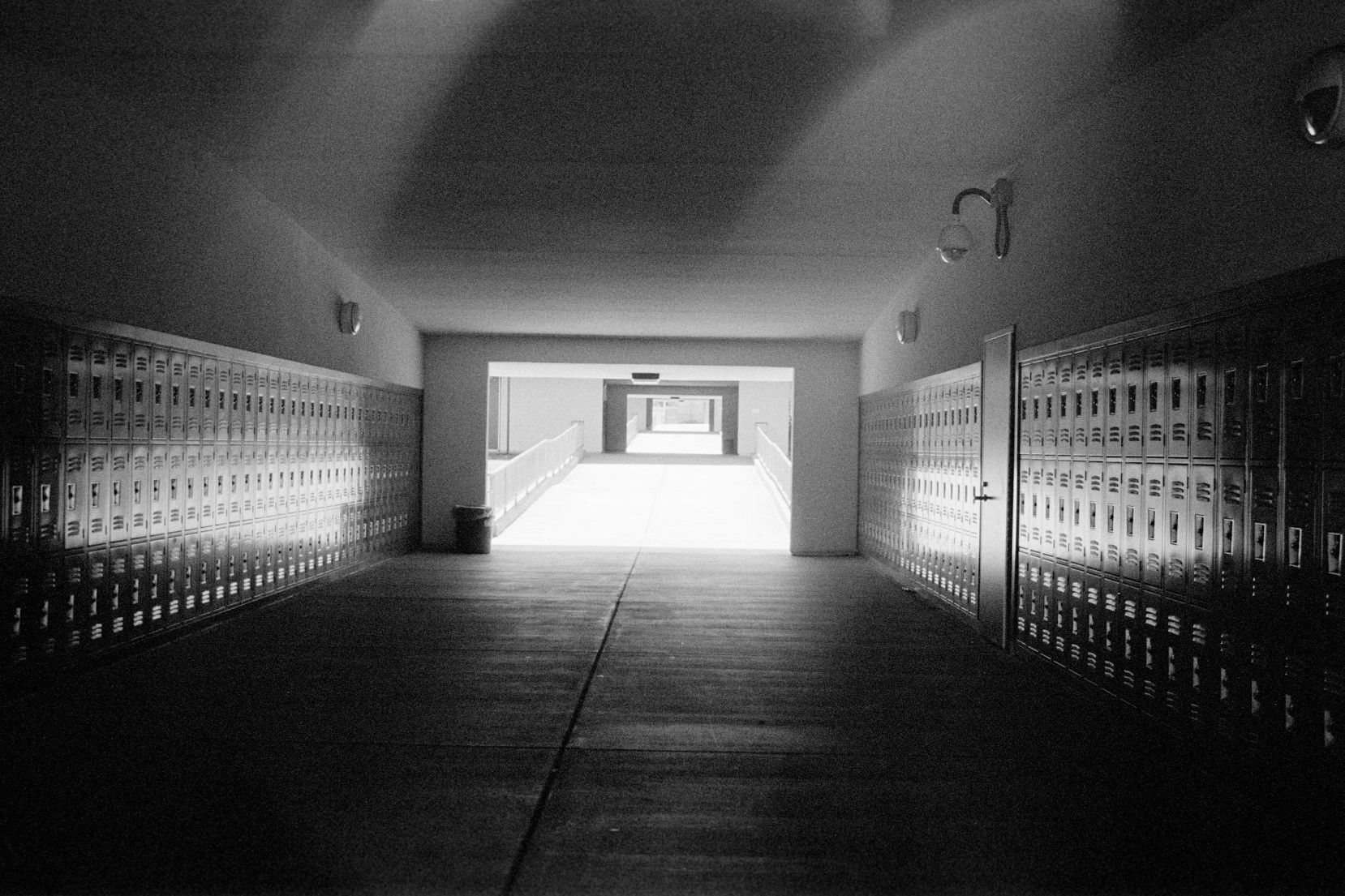
Professional sanding and restoration address these issues by:
- Removing deep scratches and surface damage
- Leveling uneven areas caused by years of wear
- Restoring the floor’s original appearance
- Applying durable, high-traffic finishes for long-term protection
Without proper maintenance, school floors can deteriorate to the point of requiring full replacement—a costly and disruptive process. Regular refinishing extends the lifespan of wood floors, making restoration a cost-effective solution for educational facilities.
The Sanding and Restoration Process for Schools
- Assessment and Preparation Before sanding begins, professionals evaluate the floor’s condition to determine the extent of damage and the best refinishing approach. Classrooms, hallways, and gymnasiums may require different techniques based on traffic levels and usage.
Since schools operate on tight schedules, sanding is often scheduled during holidays or summer breaks to minimize disruption. Furniture and equipment are removed, and any protruding nails or staples are secured to prevent damage to sanding machines.
- Sanding and Dust Control Industrial drum sanders with coarse-grit abrasives remove old finishes and deep imperfections. Edgers and detail sanders tackle corners and tight spaces, ensuring uniform results.
Dust containment is critical in schools, where air quality affects students and staff. Professional crews use advanced dust-extraction systems with HEPA filtration to capture fine particles, preventing them from spreading into ventilation systems or classrooms.
- Finishing for Maximum Durability After sanding, a high-performance finish is applied to protect against daily wear.
The best options for schools include:
- Water-Based Polyurethane – Dries quickly, low odor, and resistant to scuffs.
- Moisture-Cured Urethane – Extremely durable for high-traffic areas like gyms and cafeterias.
- Commercial-Grade Sealers – Provide extra protection against spills and cleaning chemicals.
- Multiple coats are applied with proper drying time between layers to ensure long-lasting results.
Operational Considerations for Schools
Timing represents a critical factor in school floor projects. Most institutions schedule major restoration work during summer breaks or between academic terms to minimize disruption. Smaller-scale maintenance can sometimes occur during weekends or holiday periods, though this requires careful coordination with custodial staff.
The logistics of furniture movement present another operational challenge. Efficient projects incorporate detailed plans for relocating and protecting classroom equipment. In some cases, temporary flooring protection systems allow partial building access during multi-phase restoration projects.
Long-Term Value of Professional Restoration
Investing in professional floor maintenance yields measurable benefits for educational institutions. Properly restored surfaces significantly reduce slip-and-fall incidents, a major liability concern for schools. The improved surface integrity also facilitates more effective cleaning, supporting health department requirements and general hygiene standards.
From a financial perspective, regular maintenance extends floor lifespan dramatically. While complete replacement might be necessary every 20-30 years, professional sanding can renew surfaces every 7-10 years at a fraction of the cost. This lifecycle approach to floor management proves particularly valuable for public institutions operating with constrained capital budgets.
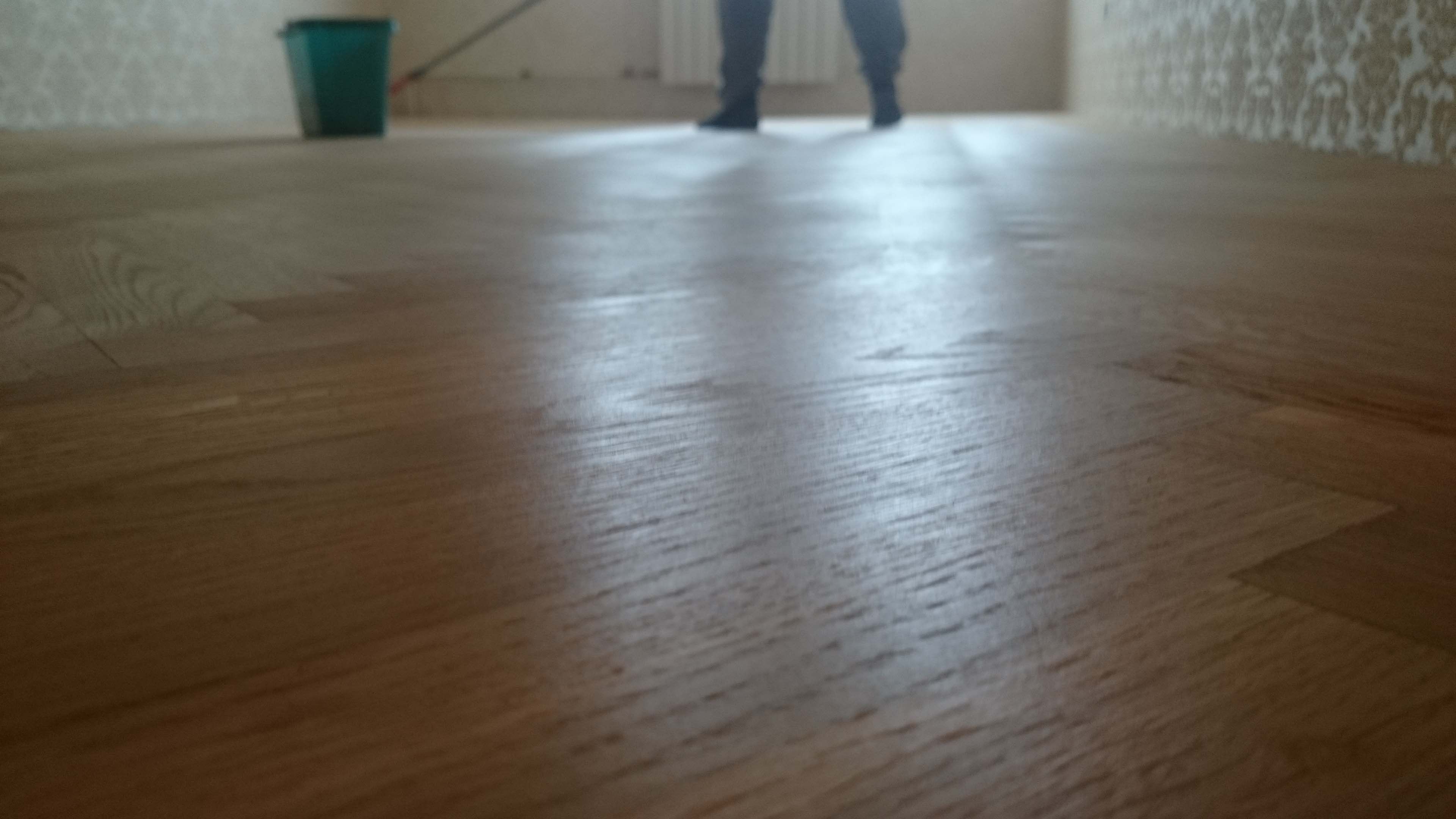
Sustainable Maintenance Practices
Post-restoration care programs help preserve results between major refinishing projects. Daily dry mopping removes abrasive particles before they can damage finishes, while periodic deep cleaning maintains surface integrity. Protective measures like chair glides and entryway matting systems further reduce wear patterns in high-impact zones.
Many institutions now implement scheduled maintenance cycles that include annual inspections and localized repairs. This proactive approach identifies potential issues before they require extensive intervention, ultimately reducing long-term maintenance costs and extending the service life of educational flooring systems.
Conclusion
Investing in professional sanding and restoration ensures school floors remain safe, durable, and visually appealing for years. By addressing wear before it becomes severe, educational facilities can avoid costly replacements while maintaining a clean, welcoming environment for students and staff.


